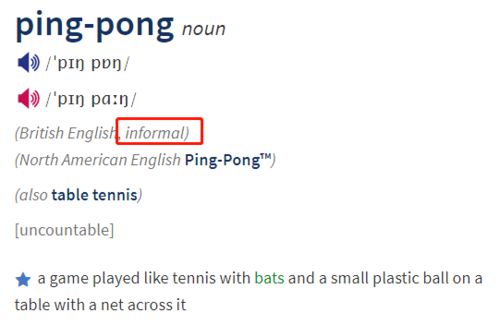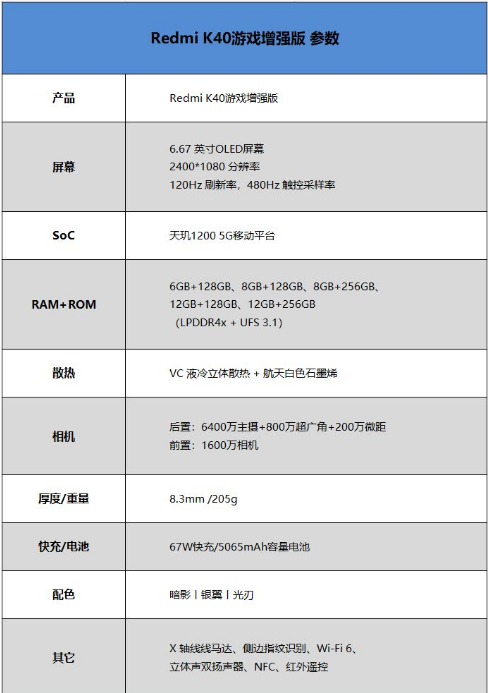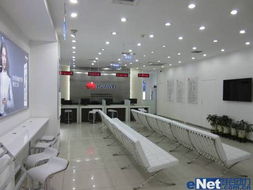餐饮要及时止损吗英文
Should Restaurants Implement Stop Loss Measures?
In the realm of restaurant management, the concept of "stop loss" refers to the practice of implementing measures to mitigate losses and protect profitability. While the term is more commonly associated with financial trading, its application in the restaurant industry is equally relevant, albeit in a different context. Let's delve into whether restaurants should adopt stop loss measures and how they can do so effectively.
Understanding Stop Loss in the Restaurant Context
In a restaurant setting, stop loss measures involve strategies to prevent or limit financial losses caused by various factors such as wastage, spoilage, theft, or declining sales. These measures are crucial for maintaining profitability and sustainability, especially in an industry known for its slim profit margins and inherent risks.
The Importance of Timely Stop Loss Measures
Implementing timely stop loss measures is paramount for several reasons:
1.
Cost Control
: Restaurants incur various expenses, including ingredients, labor, utilities, and overheads. Timely stop loss measures help control these costs by identifying inefficiencies and preventing unnecessary expenditures.2.
Risk Management
: By identifying potential risks early on, restaurants can take proactive steps to mitigate them. Whether it's managing inventory levels, optimizing menu pricing, or addressing operational inefficiencies, timely intervention can prevent small issues from snowballing into major financial setbacks.3.
Maintaining Quality
: Ensuring the quality and freshness of ingredients is essential for customer satisfaction and loyalty. Stop loss measures help prevent wastage and spoilage, allowing restaurants to maintain consistent quality standards without incurring unnecessary costs.4.
Adaptation to Market Changes
: The restaurant industry is dynamic, with changing consumer preferences, economic conditions, and market trends. Timely stop loss measures enable restaurants to adapt quickly to these changes, whether it's adjusting menu offerings, revising pricing strategies, or streamlining operations.Effective Stop Loss Strategies for Restaurants
Now that we understand the importance of timely stop loss measures, let's explore some effective strategies that restaurants can implement:
1.
Inventory Management Systems
: Investing in robust inventory management systems can help restaurants track stock levels, monitor usage patterns, and identify potential discrepancies or wastage. By maintaining optimal inventory levels and minimizing excess stock, restaurants can reduce carrying costs and prevent losses due to spoilage or obsolescence.2.
Menu Engineering
: Analyzing sales data and menu performance metrics can provide valuable insights into customer preferences and profitability. Restaurants can use this information to optimize their menu offerings, focusing on highmargin items while phasing out underperforming dishes. Additionally, implementing dynamic pricing strategies based on demand fluctuations can help maximize revenue and minimize losses.3.
Employee Training and Oversight
: Proper training and supervision of staff are crucial for preventing theft, mishandling, or misuse of resources. Restaurants should establish clear protocols and accountability measures to ensure adherence to operational standards and minimize the risk of internal losses.
4.
Financial Monitoring and Analysis
: Regular financial monitoring and analysis are essential for identifying trends, variances, and areas of concern. By conducting routine audits, analyzing financial statements, and benchmarking performance against industry standards, restaurants can proactively identify potential risks and take corrective action as needed.5.
Customer Feedback and Engagement
: Listening to customer feedback and monitoring satisfaction levels can help restaurants identify areas for improvement and prevent customer churn. By fostering strong relationships with patrons and soliciting their input, restaurants can adapt their offerings and services to meet evolving preferences and mitigate the risk of declining sales.Conclusion
In conclusion, implementing timely stop loss measures is imperative for ensuring the longterm success and profitability of restaurants. By adopting effective strategies such as inventory management, menu engineering, staff training, financial analysis, and customer engagement, restaurants can mitigate risks, control costs, and adapt to changing market dynamics. By prioritizing proactive risk management, restaurants can safeguard their financial health and thrive in an increasingly competitive industry landscape.












评论